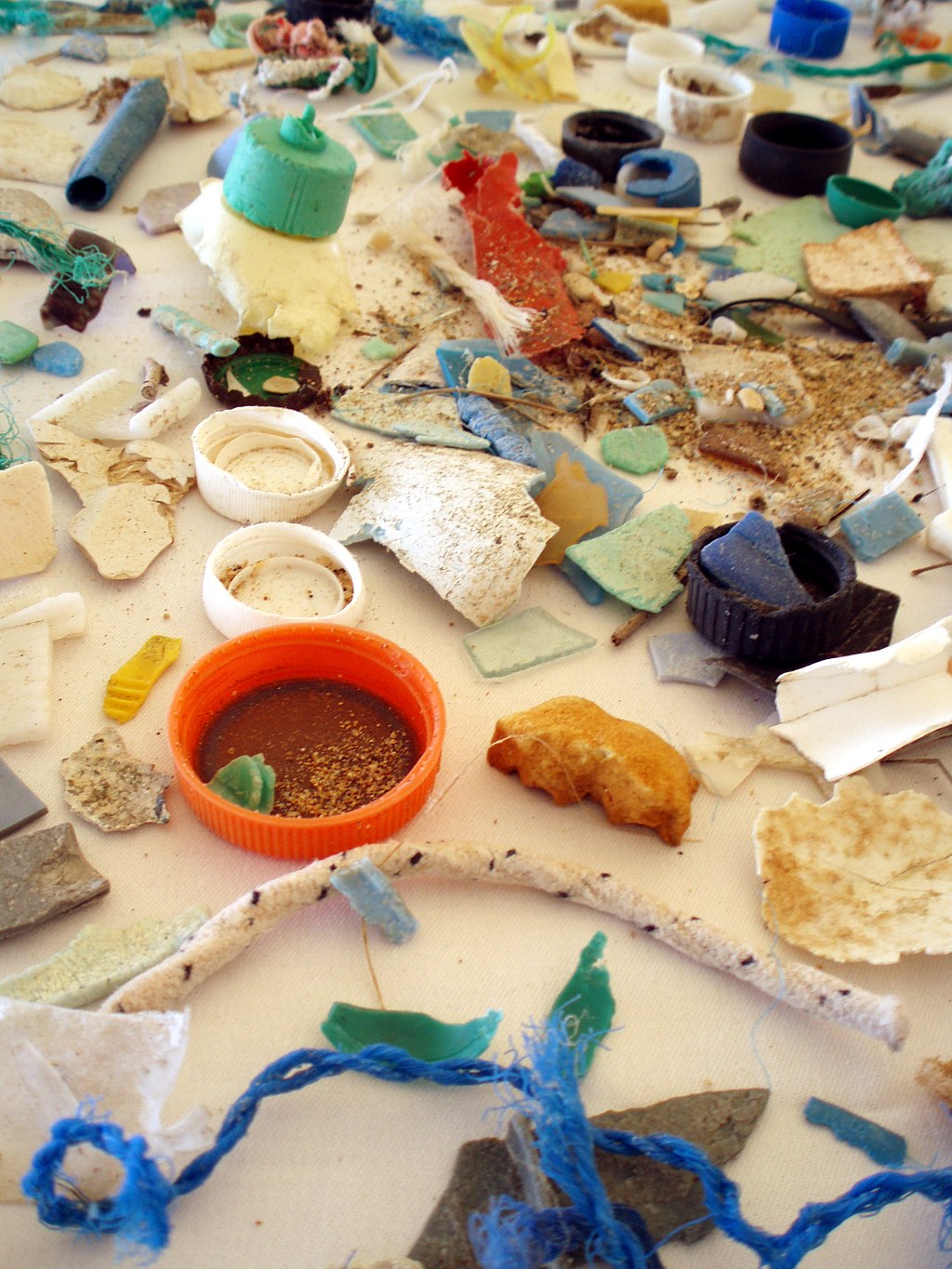News - Fiji
GLOBE Asia and Pacific Students Present Projects on Microplastics in Soil
On 31 October 2024, GLOBE Asia and Pacific regional staff led a webinar focused on regional business items; they also invited students to present their recent microplastics research as part of the Soil in Schools campaign. Participants presented their research findings on various topics, including the pollution in the Xinjian River, the relationship between microplastics and cosmetics, and the potential health risks of microplastics in drinking water. The conversation ended with discussions on upcoming events, including a regional meeting in Christchurch, New Zealand, and the importance of promoting participation in the GLOBE Annual Meeting.

Student Presentation Summaries
Addressing Pollution in Xinjian River
Two Taiwan team members discussed their findings on the
pollution in the Xinjian River, with a focus on microplastics and
cigarette butts. They found that cigarette butts were the most common
trash, accounting for 55% of the total. They also discovered that the
microplastic levels in the river were closely related to human
activities. To address these issues, they proposed three solutions:
adding a net under the gutter cover, pulling an astery along the
commercial street, and adding a small box to the original trash can
exclusively for cigarette butts. They also discussed promoting
environmental sustainability by encouraging shopkeepers and customers
to adopt responsible consumption and production practices. They
suggested initiatives such as establishing social media, designing
exclusive wine stickers, and combining with the government's existing
environmental protection programs.
Microplastics in Cosmetics and Health
Three Taiwan team members discussed the presence of
microplastics in cosmetics such as lipsticks and blushes. They
explained that microplastics are tiny plastic particles less than 5mm
in size and can originate from various sources, including cosmetics.
The presenters also discussed the potential harm of microplastics to
human health and the environment, and mentioned that many countries
are considering bans or restrictions on microplastics in cosmetics.
The conversation ended with a discussion on the functions and
structures of different types of microplastics found in cosmetics.
Microplastics in Cosmetics and Health Risks
One Taiwan team member discussed the potential health risks of
microplastics, including their ability to absorb and release toxic
chemicals. They also introduced the research methods used to detect
microplastics in cosmetics, including scanning ingredients and
observing samples under a microscope. The team then presented their
findings, including the presence of microplastics in various cosmetic
products. They concluded by suggesting that consumers should be more
aware of the ingredients in their cosmetics and use an app called
"MicroBeat" to check for microplastics. The team also
proposed that more research is needed to understand the long-term
health effects of microplastics.
Microplastic Contamination in Seagrass Research
The Thailand team discussed their research on microplastic
contamination in soil, seawater, and seagrass. They found that the
density of microplastics in seagrass with developed higher than areas
without seagrass. The team also studied the quantity of microplastics
in soil and seawater along different species of seagrass and found no
significant difference between the two study sites. They concluded
that the area with the highest level of microplastic was the one with
the highest risk of accumulation. The team also discussed the
possibility of alternative fishing equipment to reduce microplastic pollution.
Microplastics in Water Sources Discussed
The Taiwan team discussed their research on microplastics in
various water sources, including tap water, seawater, and bottled
water. They found that microplastics were present in all water
sources, with the highest concentration in seawater and dispensers.
The team also discovered unknown substances in the water samples,
which they suspected could be algae from the pipes. The presence of
microplastics in drinking water raises concerns about potential health
risks, including cardiovascular disease and cell mutations. The team
emphasized the need for further investigation and monitoring of water
quality to ensure safety and health. They also advocated for actions
to reduce plastic pollution and protect water resources.
Image credit: NOAA Marine Debris Program, Public domain, via Wikimedia Commons
News origin: GLOBE Implementation Office




